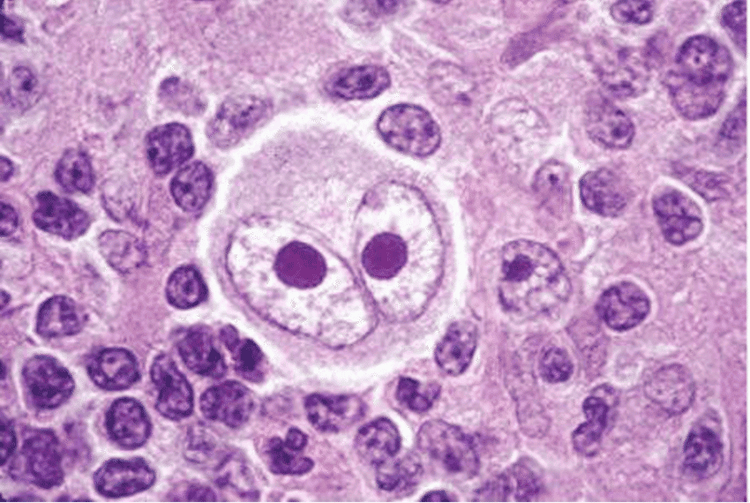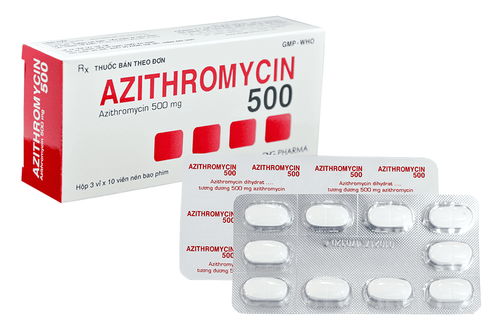This is an automatically translated article.
The article was professionally consulted by Doctor Vo Thi Thuy Trang, Department of Medical Examination & Internal Medicine - Vinmec Danang International General HospitalBacteria are a group of very small single-celled microorganisms, some of which are parasites. There are many ways to classify bacteria in which, based on oxygen demand, bacteria will be divided into 2 types: anaerobic bacteria (anaerobic bacteria) and aerobic bacteria.
1. What are anaerobic bacteria?
Anaerobic bacteria are bacteria that do not require oxygen for growth and can react negatively or even die in the presence of oxygen. Anaerobic bacteria are present everywhere in the human body but concentrate mainly in large numbers in the oral cavity and gastrointestinal tract, especially the colon, which plays an important role in the normal bacterial population in humans.
2. How do anaerobic bacteria cause disease?
Anaerobic bacteria grow in the complete absence of oxygen, so the human body needs to be affected somehow to reduce the oxygen pressure of the organization so that anaerobic bacteria can invade and grow. . Conditions that reduce oxygen pressure can be mentioned as:
Circulatory stagnation Anemia Organizational necrosis Therefore, anaerobic bacteria often cause infection in patients after multiple trauma surgery, diabetes, kidney stones or cancer, prolonged use of immunosuppressive drugs

3. Classification of anaerobic bacteria
Anaerobic bacteria are classified into 4 large groups with different characteristics of residence and pathogenicity
Gram-negative anaerobic bacilli: the most common are 4 types of bacteria Bacteroides, Prevotella, Fusobacterium and Mobiluncus Bacteroides Gram-positive anaerobes: 4 common types are Actinomyces, Lactobacillus, Propionibacterium and Clostridium Gram-positive anaerobic cocci: include species of the genus Peptostreptococcus with diverse sizes and shapes often found in mixed infections Cocci Gram-negative anaerobes: usually only species of the genus Veillonella are found in mixed infections; when combined with other bacteria, they are commonly found in abdominal, pelvic, and maxillary abscesses.
4. Clinical manifestations suggestive of an anaerobic bacterial infection
Signs suggestive of anaerobic bacterial infection include:
Distinctive rotten odor Localized in mucosa, submucosa Special signs of necrosis with vapor Presence of pseudomembranous Infection on a favorable basis due to cancer with tissue necrosis Infection after taking aminoside antibiotics Bacterial thrombophlebitis Infection after animal bites Bacteremia with jaundice

5. Diagnostic criteria for anaerobic infections and principles of treatment
Diagnostic criteria for anaerobic infection include:
Very rotten pus There is gas in the tissue Organism culture negative Aerobic bacteria Once an infection caused by anaerobic bacteria is confirmed, treatment should be according to the following principles :
Most cases are surgery, drainage combined with antibiotics Most anaerobic bacteria can be treated with clindamycin and metronidazole Alternative antibiotics are cefoxitin, cefotetan, mezlocillin, piperacillin, although ineffective equal, but can be indicated for anaerobic infections of the lower part of the diaphragm combined with metronidazol Infections caused by Bacteroides and Prevotella, the antibiotic of choice is still Penicillin G.
Please dial HOTLINE for more information or register for an appointment HERE. Download MyVinmec app to make appointments faster and to manage your bookings easily.














